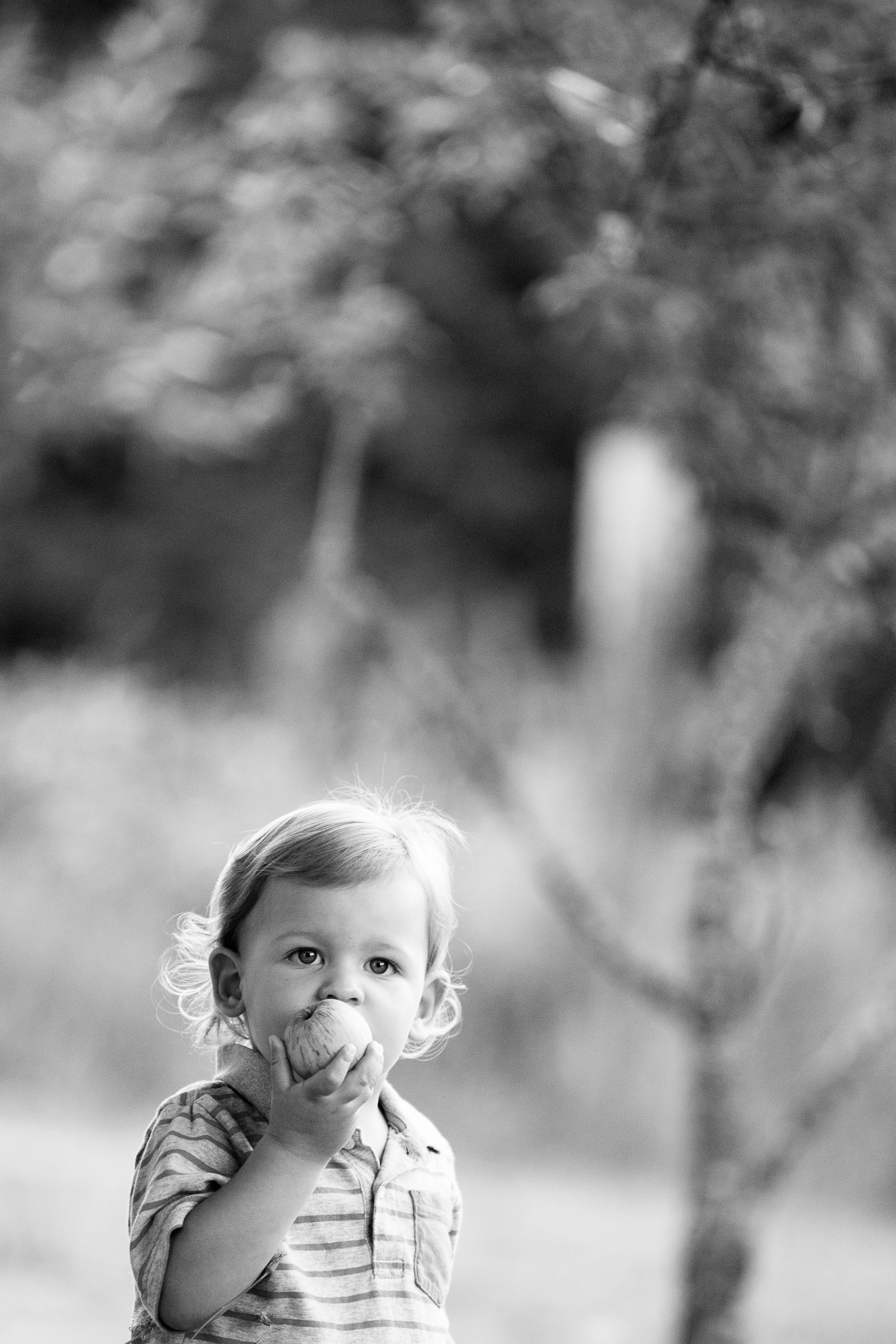I shared the following column, which ran on March 11, 2013, as part of the "My Passion" series in our local newspaper.
Growing up in Las Vegas with parents that insisted I venture out into summer’s sandy oven, I spent a lot of time catching scorpions, vinegaroons and all kinds of reptiles. I marveled at the way each creature seemed perfectly suited for its place — and its prey.
I’ve seen blood squirt from the eyes of a horned lizard, and I’ve dropped a desert iguana when distracted by the whip of its separated, writhing tail. One of my best friends can attest to the wallop a small sidewinder packs.
Despite all the time I spent exploring and experiencing the desert, it wasn’t until a college trip with friends to Zion National Park, far from the electric skies of Las Vegas, that I looked up and saw the Milky Way - the band of stars that form the “backbone of night.” I felt the bewildering immensity of nature for the first time.
I still wonder what our ancestors thought as they gathered around a fire pit and looked to the sky. Some of their answers became myths that shaped and were shaped by society, but what of the countless millions who weren’t satisfied by such explanations? Among the everyday struggle for survival, there must have been people like me — people for whom the echoing question, “What are stars?” would never be silenced.
Human nature is to seek understanding. Our minds are powerful, complex but imperfect pattern detectors. When we look at clouds, we see shapes. We impose meaning on randomness. We confuse correlation and causality. We infer intent by default, and because we are biased to reinforce our own beliefs, it takes effort to overcome an incorrect idea that has taken root.
These biases served us well through millennia. We survived.
Through science, we’ve opened a window to the heavens, and we’ve looked back in time to discover much about how we came to be.
I was stunned to learn that nearly half of Americans don’t know how long it takes our planet to revolve around the sun. I cringe when politicians deny evolution. My heart breaks when children die from easily preventable or treatable conditions because parents decide against vaccines or choose prayer over medicine.
Though science has certainly demonstrated its value to our health, economy and quality of life, it is more than advanced technology or medical treatments. The scientific method is humanity’s best tool to discover truth.
I started the local Science Pub series in conjunction with OMSI, and I collaborate with scientists to help share their work with the public. I’m passionate about the public understanding of science not just because I love the mysteries of quantum mechanics, neuroscience and cosmology, but because scientific literacy affects our ability to evaluate important issues facing our society.
With our growing population, its commensurate impact, our advancing technological sophistication and proliferation of ideas and claims, we need decision makers who understand the value and methods of science. We need a scientifically literate electorate that is able to face with open eyes our economic, environmental and geopolitical challenges.
I’m passionate about the public understanding of science not only because it answers the question, “What are stars?” but because I believe that the truth is the best foundation upon which to build our future.








